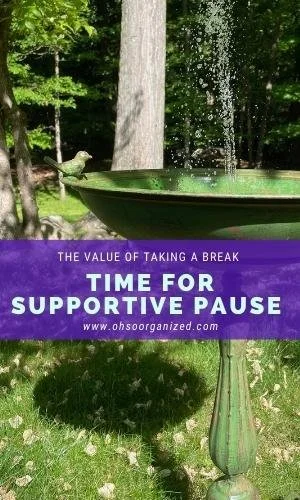On my recent walks this week, I noticed more leaves changing colors. The luminous sun embraced the intensely colored foliage and highlighted the shifts in the fall palette. Frequently, I paused to fully appreciate the beauty. I saw the brilliant warm reds, oranges, and yellows juxtaposed with the cooler greens. I felt the gentle, refreshing breeze on my face as I heard the rustling of the leaves above. During the later part of the holiday season, a commonly overheard phrase is “winter wonderland.” Today feels like a fall fantasy ripe with possibilities. Are you feeling motivated? Are you sensing a change? What is possible?
I look forward to the intimate monthly virtual gatherings led by my wonderful friend and incredible Life Coach, Yota Schneider. At the retreat, we meditate, journal, and share our thoughts. She selects a theme each time, and this month was The Season of Change. During the gathering, she told us about Chris Bianco, an “inspiring pizza man from the Bronx,” and his philosophy on life. He sees life as a “petri dish of possibilities.” What a concept and approach to living!
While we typically think of a petri dish in a scientific context where microorganism cultures are developed in a small shallow container, there is another definition. Something that fosters development or innovation can be a petri dish too. A petri dish of possibilities supports a growth mindset. You’re not a stuck, fixed being. You can stretch, create, change, and imagine.
Have you ever felt stuck? If so, you’re not alone. We all get stuck at times. There can be many reasons why or when that happens. Often our thoughts keep us fixated on a single idea, and we have difficulty changing the script. What if you integrated the “petri dish of possibilities” into your consciousness? Would that open up your thinking?
At times having too many options creates paralysis. When numerous choices make you feel stuck, the ‘petri dish’ phrase isn’t a great choice. However, in many situations, it is a useful concept to engage.
“Life is a petri dish of possibilities.”
The phrases you repeat in your mind can change the trajectory of where you’re going. Are these affirmations helpful?
I am moving forward.
I am no longer stuck.
I am making a choice.
I am taking action.
If my action isn’t effective, I will experiment with something else.
I will embrace what’s possible.
I see a petri dish of possibilities.
It’s fall. Change is all around. Are you thinking about what’s possible? Which ideas resonate with you? I’d love to hear your thoughts and invite you to join the conversation.











